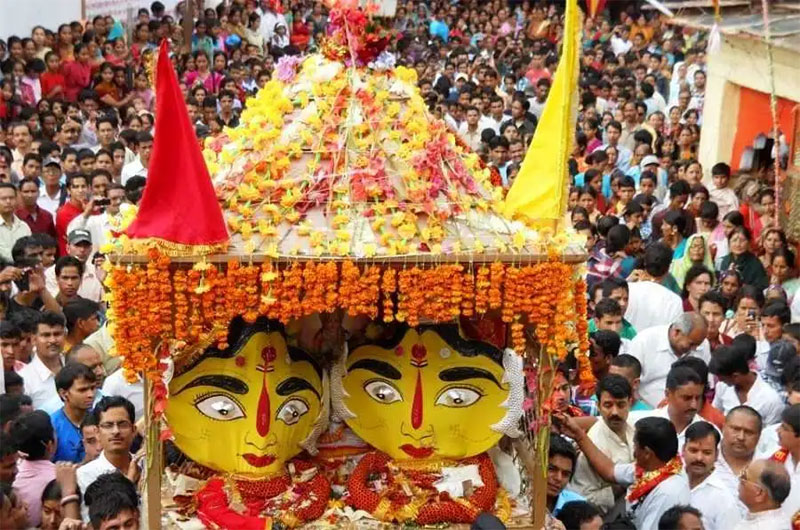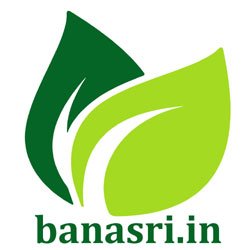
Festivals of Uttarakhand: Embracing Himalayan Culture and Spirituality
Uttarakhand’s festivals are deeply rooted in its Himalayan culture, reflecting the spiritual fervor, agricultural heritage, and communal harmony of the region. Each festival offers a unique blend of rituals, celebrations, and traditions that resonate with the natural beauty and cultural diversity of the state.
1. Kumbh Mela (Haridwar)
Time of Festival
- Held every 12 years, rotating between Haridwar, Prayagraj (Allahabad), Ujjain, and Nashik.
Specialty of the Festival
- Largest religious gathering on Earth, marking the convergence of spirituality and devotion.
- Pilgrims bathe in the sacred Ganges River to cleanse their sins and attain salvation.
- Features holy processions, spiritual discourses (satsangs), and cultural performances.
Locality of the Festival
- Celebrated primarily in Haridwar, along the banks of the Ganges River.
Nature of the Festival
- Religious and spiritual.
- Emphasis on purification, devotion, and communal harmony.
- Features mass bathing, religious rituals, cultural exhibitions, and spiritual discourses.
2. Uttarayani Fair
Time of Festival
- Celebrated in January, coinciding with the auspicious Uttarayan period.
Specialty of the Festival
- Dedicated to Sun God (Surya), celebrating the shift of the sun towards the north.
- Involves colorful processions, folk music, and traditional dance performances.
- Features a vibrant market with local handicrafts, cultural artifacts, and food stalls.
Locality of the Festival
- Celebrated in various parts of Uttarakhand, with major events in Bageshwar and Pithoragarh.
Nature of the Festival
- Cultural and social.
- Emphasis on agricultural prosperity, community bonding, and traditional arts.
- Features folk dances (Jhora), cultural shows, and local cuisine.
3. Basant Panchami
Time of Festival
- Celebrated in January or February, marking the arrival of spring.
Specialty of the Festival
- Dedicated to Goddess Saraswati, the deity of knowledge, wisdom, and arts.
- Schools and educational institutions organize special prayers and events.
- People wear yellow clothes and offer yellow flowers to seek blessings for wisdom and success.
Locality of the Festival
- Celebrated across Uttarakhand, with major events in Haridwar, Rishikesh, and Dehradun.
Nature of the Festival
- Religious and cultural.
- Emphasis on education, arts, and spiritual enlightenment.
- Features prayers, cultural programs, and educational activities.
4. Makar Sankranti
Time of Festival
- Celebrated in January, marking the end of winter and beginning of longer days.
Specialty of the Festival
- Celebrated with kite flying competitions (Patang Bazi) and bonfires (Lohri).
- People take holy dips in rivers, especially at Haridwar and Rishikesh.
- Traditional foods like khichdi, til ke laddu, and gur are prepared and shared.
Locality of the Festival
- Celebrated across Uttarakhand, with significant celebrations in Haridwar, Rishikesh, and Nainital.
Nature of the Festival
- Cultural and social.
- Emphasis on harvest, renewal, and community celebrations.
- Features kite flying, bonfires, feasts, and religious rituals.
5. Nanda Devi Raj Jat Yatra
Time of Festival
- Celebrated once every 12 years, usually in August-September.
Specialty of the Festival
- Epic pilgrimage to honor Goddess Nanda Devi, the patron deity of Uttarakhand.
- Involves a 280 km trek through the Himalayan peaks to Roopkund and Homkund.
- Features cultural performances, religious rituals, and offering prayers for prosperity and well-being.
Locality of the Festival
- Begins in Nainital district and culminates at Roopkund and Homkund in Chamoli district, Uttarakhand.
Nature of the Festival
- Religious and spiritual.
- Emphasis on devotion, endurance, and mountainous terrain.
- Features trekking, cultural performances, religious ceremonies, and community feasts.
6. Ganga Dussehra
Time of Festival
- Celebrated in June, on the 10th day of the waxing moon of Jyeshtha.
Specialty of the Festival
- Marks the descent of the Ganges River from heaven to earth.
- Devotees take holy dips in the Ganges and perform rituals for purification.
- Temples along the riverbanks organize special prayers and processions.
Locality of the Festival
- Celebrated along the banks of the Ganges River, especially in Haridwar, Rishikesh, and Devprayag.
Nature of the Festival
- Religious and cultural.
- Emphasis on the sacredness of the Ganges, purity, and divine blessings.
- Features ritual baths, prayers, temple rituals, and cultural activities.
7. Phool Dei
Time of Festival
- Celebrated in March, marking the arrival of spring and the new harvest season.
Specialty of the Festival
- Young girls decorate homes with flowers and sing traditional songs to bring prosperity.
- Elders bless them with gifts and sweets as a gesture of appreciation.
- Celebrates the spirit of community, fertility, and renewal.
Locality of the Festival
- Celebrated in the Kumaon region of Uttarakhand, including Almora, Nainital, and Ranikhet.
Nature of the Festival
- Cultural and social.
- Emphasis on spring, fertility, and community harmony.
- Features flower decorations, traditional songs, blessings, and festive meals.
8. Hariyali Teej
Time of Festival
- Celebrated in July-August, during the monsoon season.
Specialty of the Festival
- Women fast for marital bliss and longevity of their husbands.
- Involves dressing up in green attire, swinging on decorated swings (jhulas), and singing folk songs.
- Married women receive gifts and sweets from their parents.
Locality of the Festival
- Celebrated across Uttarakhand, with major events in Dehradun, Haridwar, and Nainital.
Nature of the Festival
- Cultural and social.
- Emphasis on marital harmony, fertility, and monsoon festivities.
- Features fasting, swinging, singing, and traditional rituals.
9. Bhitauli
Time of Festival
- Celebrated in April, welcoming the arrival of the spring season.
Specialty of the Festival
- Women exchange gifts and sing folk songs to welcome spring.
- Represents the renewal of nature and agricultural prosperity.
- Celebrates sisterhood, friendship, and community bonding.
Locality of the Festival
- Celebrated in the Kumaon region of Uttarakhand, including Almora, Pithoragarh, and Ranikhet.
Nature of the Festival
- Cultural and social.
- Emphasis on spring, sisterhood, and agricultural traditions.
- Features gift exchanges, folk songs, celebrations, and festive meals.
10. Harela and Baisakhi
Time of Festival
- Celebrated in April, marking the beginning of the agricultural season.
Specialty of the Festival
- Harela: People sow barley seeds in small pots and worship Goddess Bhagwati for a fruitful harvest.
- Baisakhi: Celebrated with folk dances, music, and processions to mark the New Year.
- Farmers begin sowing crops and pray for a bountiful agricultural season.
Locality of the Festival
- Celebrated across Uttarakhand, with significant celebrations in Kumaon and Garhwal regions.
Nature of the Festival
- Cultural and agricultural.
- Emphasis on fertility, agricultural prosperity, and community festivities.
- Features rituals, folk dances, music, and agricultural activities.
